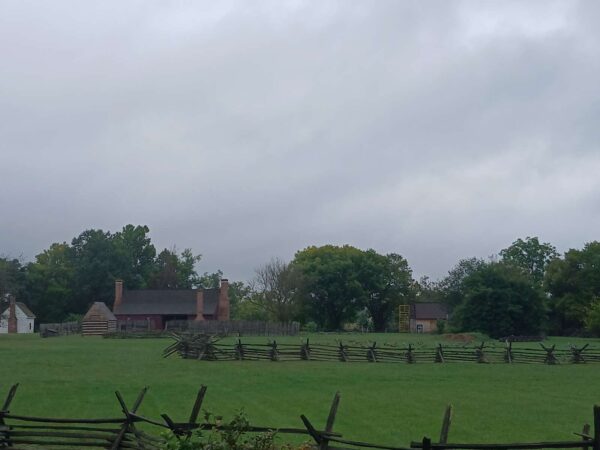Ferry Farm, the historical boyhood home of George Washington, will host a Deaf and Hard of Hearing Community Day on Oct. 6. Visitors will be provided with American Sign Language (ASL) tour guides at 1 p.m. and 2:30 p.m. Tours begin at the back porch of the Washington house, a five-minute walk from the Visitor Center, and pre-registration is encouraged. Each session is limited to 10 guests.
The event began around 10 years ago as part of Virginia Archaeology Month in October. In 2018, the focus of the tours shifted to the Washington House, and in Spring of 2023, the program was added to Historic Kenmore as well. Allison Ellis, the George Washington Foundation’s Manager of Public Programs, said in addition to programs at Ferry Farm and Historic Kenmore, they are adding a new archaeology-focused Deaf and Hard of Hearing Community Day where guests will be able to speak with Ferry Farm archaeologists at the lab and at the dig site with an ASL interpreter.


